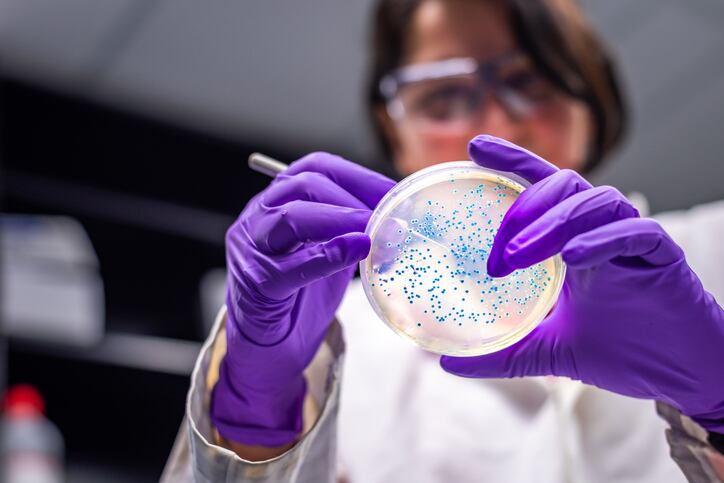Following this, the inflammatory pathway was altered, and pro-inflammatory molecules were down regulated, suggesting that garcinol could reduce the extent of damaging inflammation in response to pathogens.
“Therefore, garcinol isolated from Garcinia dulcis has the potential as a candidate molecule for the treatment of inflammatory diseases.”, conclude the Thammasat University researchers from Thailand, with regards to their ‘Nutrients’ published study.
The issue with inflammation
Large-scale inflammation is a leading cause of many prevalent diseases, highlighting the importance of immune homeostasis for onset prevention. Via the recognition of lipopolysaccharides (LPS) presented on the surface of gram-negative bacteria by Top-like receptor 4 (TLR4), inflammatory pathways are triggered.
One such pathway includes the NF-κB pathway, which results in the production of pro-inflammatory cytokines, such as interleukin-1β (IL-1β) and Il-6. Whilst these responses enable for the destruction of pathogens, overexpression of such substances can lead to host organ tissue damage and death. Many plants containing anti-inflammatory phytonutrients have the potential to limit excessive production. Of such plants, the tropical plant Garcinia has been used in traditional medicine throughout India and southeast Asia. Previous studies observing the extract of garcinol have demonstrated a variety of benefits, including anti-inflammatory, antioxidant, and neuroprotective effects.
As a result, the present study sought to investigate the potential of extracted garcinol from Garcinia dulcis (GD) to exhibit anti-inflammatory mechanisms through its influence over the NF-κB signalling pathway.
Study outcomes
Utilising human and rodent macrophage cells lines, the impact of garcinol was examined by MTT assay. The mRNA expression levels determining the anti-inflammatory effects of garcinol were observed using PCR, followed by western blot analysis to identify subsequent protein expression.
Following coincubation of garcinol with LPS, mRNA and protein expression of pro-inflammatory factors including tumour necrosis factor-alpha (TNF-α), inducible nitric oxide synthase (iNOS), IL- 8, and IL-6 were downregulated, thereby reducing their secretion.
In addition, the NF-κB pathway was altered following these anti-inflammatory effects, resulting in a decreased production of pro-inflammatory molecules.
Anti-inflammatory applications
The results suggest clear anti-inflammatory action resulting from the addition of the extract to the LPS-activated macrophage cells.
The researchers explain the findings with regards to garcinol’s structural properties, explaining “Its hydrophobic isoprenyl chain offers the site of biological target attachment. Moreover, the oxidation sites of its chemical structure are composed of a phenyl ring with hydroxyl groups, a double bond of isoprenyl group, and a ketonic group.
“Importantly, garcinol can be considered a prenylated chalcone because its structure is similar to curcumin, a well-known anti-inflammatory and antioxidant agent due to containing two aromatic rings separated by a carbonyl group.”, they highlight.
“These results implied that garcinol could decrease the production and secretion of major proinflammatory cytokines and mediators.”, the scientists stress with regards to their findings.
However, the nature of the in vitro experimental design reduces the ability to apply the results to a human population, due to the various complexities and environmental differences that may affect the efficacy of garcinol in vivo.
The scientists address this, stating “In the future, the anti-inflammatory activity of garcinol should be further investigated in vivo to develop strategies for controlling an excessive inflammation response, for example, in chronic inflammation-associated diseases, including arthritis, multiple sclerosis, inflammatory bowel disease, and allergy.”
Source: Nutrients
https://doi.org/10.3390/nu15030575
“Anti-Inflammatory Effect of Garcinol Extracted from Garcinia dulcis via Modulating NF-κB Signaling Pathway”
by Pathanin Chantree, Pongsakorn Martviset, Nattaya Thongsepee, Kant Sangpairoj, and Phornphan Sornchuer.

